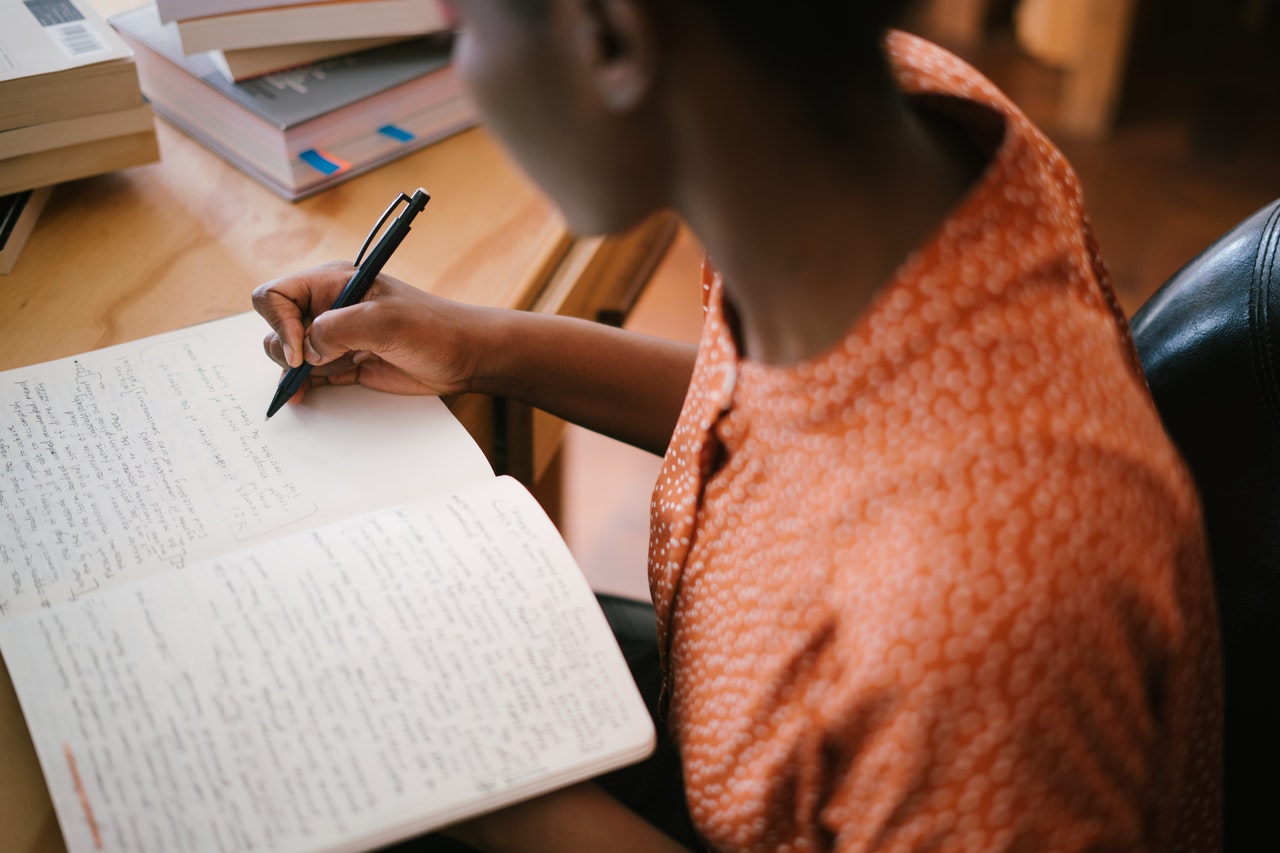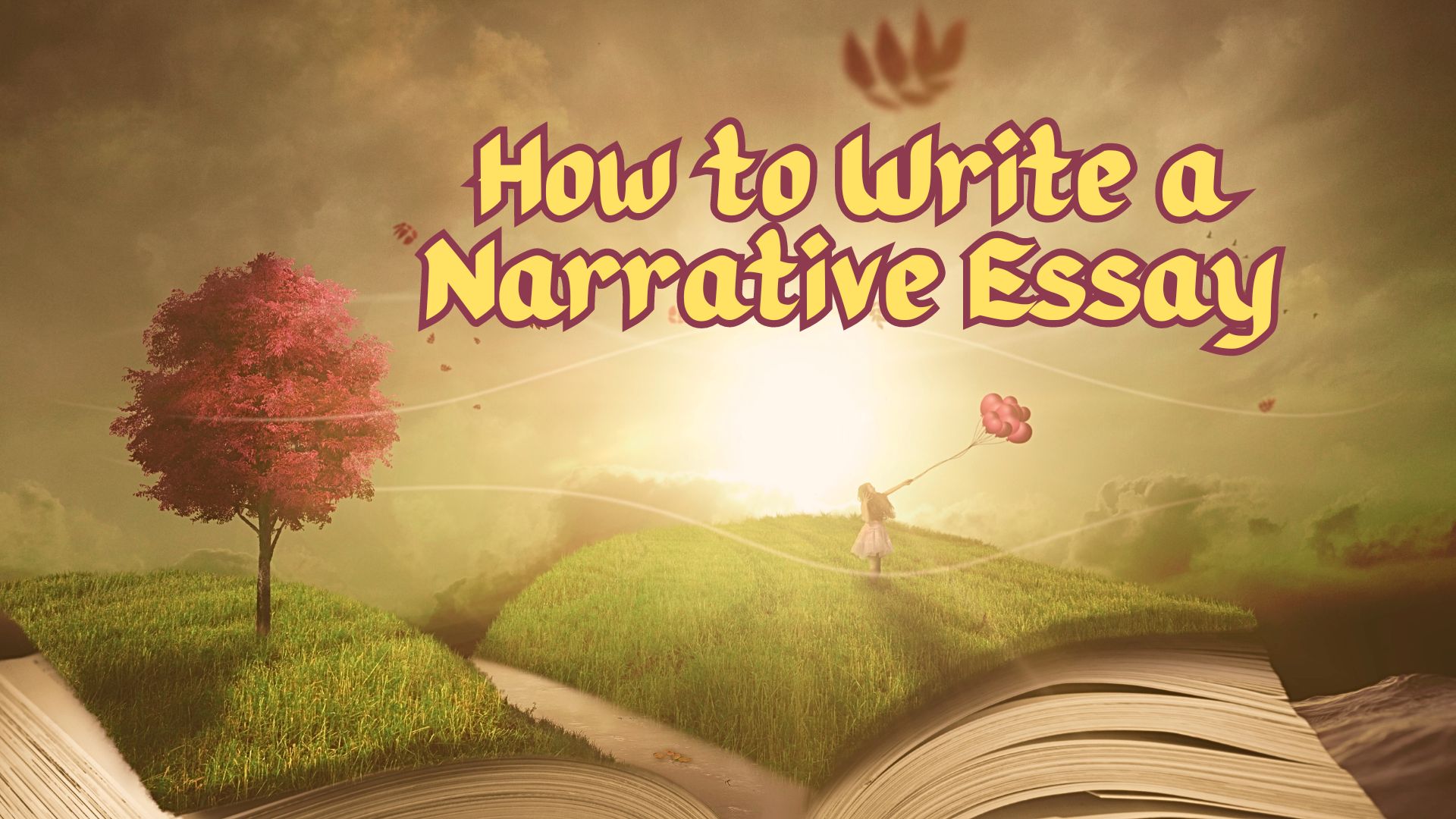Grabbing the attention and desire of your reader is essential, especially when starting a narrative essay. In college, your instructors are your readers; therefore, it is imperative to grab their attention. Why? Because if you can grab their attention and get them hooked to your essay, you will get a higher grade.
But, before you learn how to start a narrative essay, you need to know what narrative essays are.
What Is A Narrative Essay?
A narrative essay is a type of essay that explains a good story. It can be about yourself, about an experience you have had in time past, or any other thing. A narrative essay can even center around someone else’s life, a big event, etc. It doesn’t have to be your experience; it can be about anything.
It employs literary appreciation, figurative expression, plotline, settings, atmosphere, sensory details, etc. As a student, a narrative essay improves your imagination and creativity.
Format and Structure of a Narrative Essay
The formats and structures are:
- The beginning and trigger (introduction)
- Quest, rising action, and climax (body)
- Breakpoint and resolution (conclusion)
Elements of A Good Narrative Essay
- Settings
- Characters
- Plot
- Atmosphere
- Conflict
- Dialogue or monologue
- Theme
How To Start A Good Narrative Essay
- Read the prompt and rubric given by your instructor
Read instructions carefully and repeatedly to know what is expected of you. It will help you to structure your essay. You can compare your essay with your prompt later on. But for a start, you should read it well if you want to get good grades. Then, you can ask for more clarifications from your instructor if you don’t understand anything.
- Think of story topics to start your narrativeNote that it should be in line with the prompt you were given. First, decide whether you will write a real or fictional essay. Next, document any topic you can think of. Don’t worry about grammar or syntax; continue writing. Next, create an outline to arrange your topics.
- Choose an event or story to feature in your essayFind a story or event in your topics that will be useful.
- Choose a theme (message) for your narrative essayTo decide this, think about what you want your readers to feel after reading your essay.
- Write out the characters in your essayThis includes the protagonist, antagonist, side character, and others.
- Choose your setting:Where do you want your story to be based—location, time, etc.
- Write the plot of your storyWrite out the series of events that will happen. As explained earlier, the format of a good story is the beginning, middle, and end.
- Point of viewHow do you want to write your essay? Do you want to be the character, or are you explaining the character? For example, 1st person point of view uses “I,” “Me,” “My,” etc. The 2nd is “We,” etc. In contrast, the third-person point of view uses “They,” “Them,” “Their,” etc.You can use the first person and second person together, while the third person mostly stands alone. The point of view depends on the tone and style of the essay you are writing. If it’s a formal tone, then you should use the third person point of view. But if it’s an informal tone, you should use the first person or the second person or both.
How To Start A Narrative Essay
Starting your essay with captivating words will hold and keep the attention of your reader. You should try your possible best to get this right because if you fail at this, you have failed at others. So, what’s the use of an essay if it won’t be read.
Holding your readers’ attention is called a hook. There are several hooks you can use to start your story/essay. These tips will show you different hooks you can use. Choose the best among them and find out ways you can implement them in your essay.
Start with a quote
Quotes are captivating ways of holding readers’ attention. Two types of quotes will be mentioned here; literature quotes and the quote of a renowned figure.
- Literature quotes: If you read a piece of literature with a quote and it fits your story, you can use it. It will help you to relate with your readers well. It might be from Shakespeare or any other author.
- The quote of a renowned figure: For example, if Albert Einstein or any other famous figure said a quote relating to your story, you can use it. It gives your essay credibility and also captures your readers’ attention to read more.
Anecdote
An anecdote is a short story that talks about an experience, event, situation, etc. An excellent and well-explained anecdote will make your readers read to the end. It raises curiosity and questions in readers’ minds, and they will keep on reading to find the answer. Before they could figure it out, they might have read 50 -75% of the essay. And might continue if the essay is engaging.
Here is an example:
A long time ago, I was a kid of about ten years. It was a school day, so I woke up, had my bath, dressed up, and ate cornflakes with my father. He accompanied me to the bus stop as usual and bid me farewell. But I was unaware that was the last time I would see him.
Now, your readers will start asking questions like: Why is that the last time, what happened to your father, etc. This would prompt them to read on.
Question
Unlike an anecdote that raises different questions in your mind, a question is specific and concentrates on one thing. Then they look for answers. Questions have been practical attention grabbers for a long period. There is no rule behind questioning; make sure it’s related to your essay
Astonishing statement
This statement is like going against what your reader has known or felt to be true. However, the aim is to keep your readers reading and find out how you arrived at that conclusion. The key is to surprise them and also provide them with information they don’t know. This, in return, would make them read your essay/story.
Examples are:
- Everything you know about money is a lie. I never knew till I was employed.
- If your dream is to become the president, drop it now because you can never become one.
- Do you know you have grown taller by 10 cm today? That means in the next one month you will be 300 cm taller
Setting
A narrative essay has more effect when the reader knows the setting and background of the characters. A setting is an environment and area that host the characters of the story.
Statistics
This helps your reader see facts about your story. It makes your work valuable and reliable. Though your story/essay will determine the use of it.
Look at these examples:
- Do you know that only 1% of the world population controls 99% of the world’s wealth? How did it happen?
- Research shows that 56% of all asthmatic patients were healed when they used the vaccine last year.
How To Start a Personal Narrative Essay
As explained earlier, you can either write about yourself and your experiences or write about others. So, as the name implies, you talk about yourself in a personal narrative essay. However, the story depends on you and the prompt you were given.
You don’t need to be the victim; it might be something you witnessed. But in your story, you must act like the protagonist and narrate as it happened to you. Therefore, you are to use the first-person point of view. Using this will make your story clearer and appealing to the eyes of the reader.
Format and Structures 0f A Personal Narrative Essay
It has the same structure as a narrative essay which is:
- An introduction
- A body, and
- A conclusion.
Introduction
This is an essential part of a narrative essay. Why? Because it either grabs your readers’ attention, or they will pass over it. This is why it’s advisable to start your essay with any of the hooks explained above.
The purpose of an introduction is to lead the reader to the body of the essay. And this all starts from the first sentence down to the last sentence. So, if an introduction fails, then the whole essay has failed.
Most effective and attention-grabbing introductions have been written and rewritten several times. You can also do this by thinking from your readers’ perspective and tweaking your opening to whet their appetite. A reader can decide to read the whole essay just because of the introduction.
There is no amount of words attached explicitly to your introduction except when stated. It can be little or elongated. Just make sure it’s captivating.
Body
You also have a lot of work here. This is the stage where you narrate the story and pass all vital pieces of information. The downside to this is that if your story is boring, you will lose your audience. So, make sure it’s Interesting, and they are involved actively. The best way to make them actively involved in your story is by narrating your story with the five senses (smell, see, hear, feel, and taste).
Conclusion
As the introduction and body are important, so is the conclusion. Because this finalizes all, you have said and leaves a lasting memory with your audience. Now, think about it thoroughly and come up with a suitable ending for your essay.
Most students often underrate the importance of a conclusion. You shouldn’t just end it casually. When grading, it has equal importance with your introduction
Your conclusion can sum up all you have said, give complementary information, encourage the readers, provide a quote, leave pondering questions in the mind of your readers, make them finish the essay with their imagination, etc.
Conclusion
Here you have it! With these tips, you will never have problems starting a narrative essay again. Sincerely, this is one of the most well-detailed articles you will find on how to start off a narrative essay.
Aside from other things, your instructor will grade your introduction and how well you started it. If you want to see improvements in your grade, you should use some of the hooks mentioned in the article.



 by
by 






